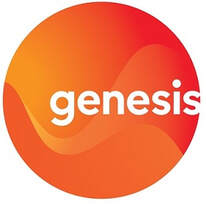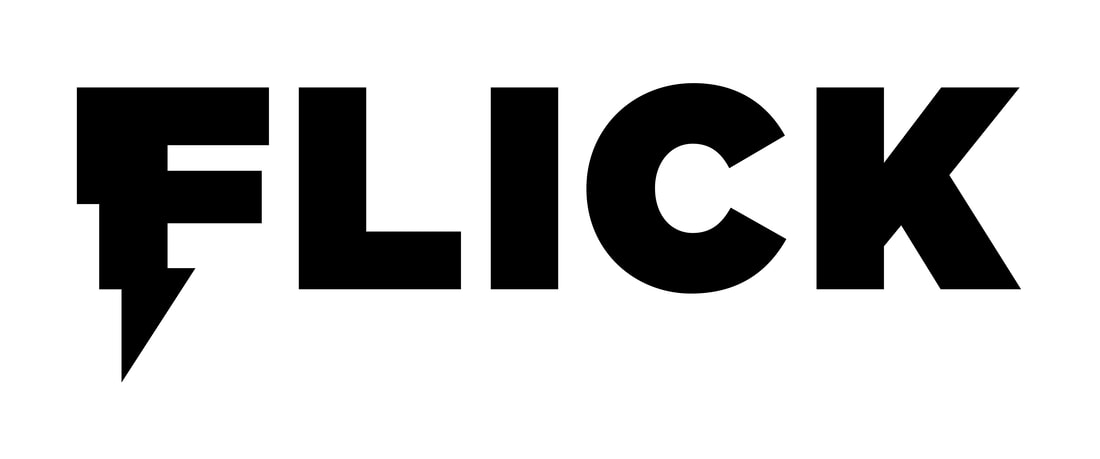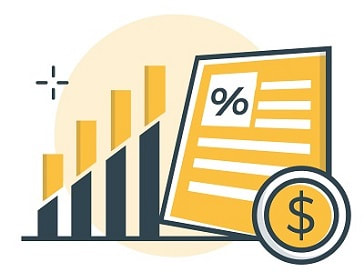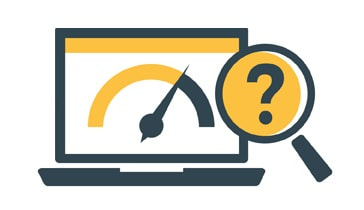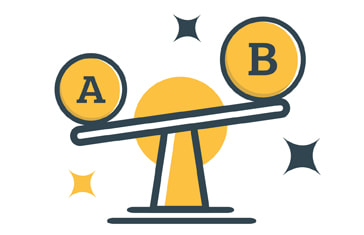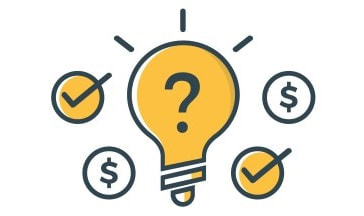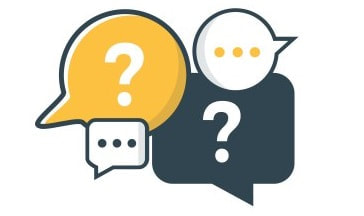Globug Review - Prices, Discounts, Deals, Tariffs and Fees
Our guide explains Globug's pricing, bonuses, contracts, pros and cons and must-know facts, and how it compares to other power companies for residents of Auckland, Hamilton, Wellington, Christchurch and Dunedin.
Updated 10 July 2024
Globug in a Nutshell
Our review: To help you understand how Globug works and the pros and cons of their services, our guide covers:
- Globug is a New Zealand prepaid electricity provider owned by Mercury. The main benefit of its structure is that you never receive penalties or late payment fees; its main drawback is that your power gets cut off immediately if you run out of credit.
- Globug works differently from other energy providers as it offers a prepaid service. We detail how it works below; in summary you need to keep your account with more than $10 credit at all times, or you risk getting disconnected within 24 hours. You can top up your account by phone, online, through the app or in person at convenience shop or dairy.
- Plans and Pricing: Globug offers two plans that are based on energy consumption. The Standard User Plan is suitable for households that use more than 8,000 kWh per year (typically households of 3 or more people or those with devices that require a lot of energy), and the Low User Plan is aimed at smaller households that use less than 8,000 kWh per year.
- Globug has historically been favoured by New Zealanders who have bad credit or can't get a connection with a traditional power company. 2019 research suggested 1 in 3 Globug customers had to borrow to top up their connection.
- There is added danger from the power debt that accumulates after the installation until the first bill is issued. This debt is repaid each time a customer tops up, making the ongoing electricity more expensive until the debt is repaid. As reported by a financial coach in 2019, if Globug customers "top up little and often, this will have an effect on their cashflow - they will run out of power quicker."
- Our power company comparison research concluded that Globug offers decent rates, but because of the absence of any additional perks or sign up bonuses, it’s not at the top of our list. In addition, you need to keep a minimum balance to avoid being disconnected. Historically, Globug attracts customers who have poor credit and/or can't get an account with another retailer.
Our review: To help you understand how Globug works and the pros and cons of their services, our guide covers:
Our Price Leading Power Companies - Fixed Term and Open Term
Getting quotes is an essential step before you switch. Our pricing tables and power comparison research look at average uses, Genesis leads with fixed-term offers and Flick leads with open terms.
Fixed Term: Special Offer With Our Partner Genesis - Rewarding New Zealanders Who Commit to a Great Value Genesis 12-Month Contract:
|
Open Term: Our Partner Flick - Putting the Power Back in Customers Hands:
Looking for more information about power prices? Visit our comprehensive Power Company Comparison guide. |
1. Globug Price Analysis
Our Price Comparison Research and Results:
- Our latest research revealed that Globug's plans for all major cities offered a middle-of-the-road offering for both low and standard users in Auckland, Wellington, Christchurch and Dunedin. Better deals are most probably found with other providers.
- Compare Globug's prices with the rest of the market here.
Know This: How green is Globug's Power?
Globug is owned by Mercury, which generates electricity from 100% renewable sources – hydro, geothermal, and will soon incorporate wind into its portfolio
2. Globug Plans (and how it works)
Globug offers two power plans based on your energy consumption: Standard Plan and Low User Plan. But before describing these in detail, we first explain how Globug's prepaid service operates:
Important: Globug offers two plans, based on energy consumption. The Standard User Plan is suitable for households that use more than 8,000 kWh per year (typically households of 3 or more people or those with devices that require a lot of energy) and the Low User Plan, which is aimed at smaller households that use less than 8,000 kWh per year.
- Joining Globug: It’s easy to join Globug and it only takes about 5 minutes to do it online. However, it might take them up to 20 days to set up your account and issue your Prepaid cards (which you will need to sign in to your account online and to top up your energy account at the Dairy, for example).
- Initial Debt: The energy you consume between the time you join Globug and when your account is fully set up will be added to your account as debt (interest is not charged on this amount). This debt is not paid back in full on your first month; instead, Globug will deduct 25% of each top-up you make until the debt is cleared (the deduction rate is reduced to 10% of each top-up during the winter months of June to October). As well as the energy you used in the first month, any money owed to your previous energy provider will be transferred to your account as debt. However, If you want to pay off the debt immediately, you can top up your account and call Globug to instruct them to take that money to clear the debt.
- Initial Credit: Your account will be credited with $10 when you join Globug, and you should not let your account dip below this amount. If you do, you'll trigger the disconnection process (see below).
- Topping Up your account: You will receive a set of Top-Up cards, which you can use at convenience stores or dairies to add money to your account. You will need the seven digit code printed on the cards and your last name to log in online or use the Mobile App to add money to your account. The minimum top-up is $10. The rates per region can be found here; please note that your meter set-up is irrelevant for Globug; any user in the same area will be subject to the same low and standard rates.
- Avoid having your power disconnected: You should keep your account with at least $10 in credit at all times. Globug has a colour-coded alert system and sends you an update about your balance every day (0.20 per SMS text, emails alerts are free):
- Green means “Good”: your account is in order and you have more than $10 in credit.
- Orange means “Warning”: your account has less than $10 in credit and you need to top up, or your power will be disconnected at midday tomorrow.
- Red means “Urgent”: you need to top up today before 11:30 am, or your power will be disconnected at midday. White means your power has been disconnected. You can change the threshold for receiving alerts. You can choose to be notified when your account reaches $50 for example (choose any amount between $15 and 200). Please note that while you are disconnected, you are still charged the daily fixed charge (but no variable charge) until you reconnect the service.
- Reconnecting: If your power was disconnected, you can request to have it reconnected (after having topped up your account) online, via the app, by telephone or via text. The reconnection should take about 20 minutes but allow one hour for power to be restored.
- Charges: You will be charged for every top-up you make ($0.20 for NZ bank transfers, $0.40 for credit or debit cards, $0.75 at convenience stores). Text and alerts about your balance are charged at $0.20 per text. If you need your cards replaced, you will be charged $25, switching plans (from low to standard or vice versa) costs $40, full fees can be found under “Globug Service Fees”.
- Terminating Globug: If you want to move your power to another provider, you will be charged $35 to close your account (this includes the repayment of the initial $10 your account was credited with when joining Globug)
- Full details: You can find all the details about how Globug works and read their FAQ.
Important: Globug offers two plans, based on energy consumption. The Standard User Plan is suitable for households that use more than 8,000 kWh per year (typically households of 3 or more people or those with devices that require a lot of energy) and the Low User Plan, which is aimed at smaller households that use less than 8,000 kWh per year.
3. Globug Pros and Cons
To understand Globug's pros and cons, we look at both plans given the slight differences. For both plans, please be aware:
- Globug has historically been favoured by New Zealanders who have bad credit or can't get a connection with a traditional power company. 2019 research suggested 1 in 3 Globug customers had to borrow to top up their connection.
- There is added danger from the power debt that accumulates after the installation until the first bill is issued. This debt is repaid each time a customer tops up, making the ongoing electricity more expensive until the debt is repaid. As reported by a financial coach in 2019, if Globug customers "top up little and often, this will have an effect on their cashflow - they will run out of power quicker."
Globug Low User Plan:
- This plan is aimed at energy-efficient or smaller households that use less than 8,000 kWh per year.
The Pros:
- No penalties or late payment fees
- Competitive rates for users with low energy needs
- No contracts, bonds or credit checks
- Low daily fixed charge compared to the standard plan
The Cons:
- Slightly higher variable prices than on the standard plan
- Prices are flat, so you can’t save money from shifting your power usage to off-peak times
- If your balance dips below $10, your power is disconnected within 24 hours
Globug Standard User Plan:
- This plan is aimed at households that require more than 8,000 kWh per year.
The Pros:
- No penalties or late payment fees
- Competitive rates for users with low energy needs
- No contracts, bonds or credit checks
The Cons:
- Higher fixed charge than on the low user plan
- Prices are flat, so you can’t save money from shifting your power usage to off-peak times
- If your balance dips below $10, your power is disconnected within 24 hours
4. Globug - Our Conclusion
To determine which plan best suits your needs, you’ll need to consider the following:
- Total energy consumption (kWh) per year: The choice between the plans offered by Globug will depend on your annual usage. Kiwi households consuming below 8,000 kWh/year will probably benefit from being on the Low User Plan. In contrast, larger households with higher energy needs would be better suited to Globug’s Standard User Plan.
- Flexibility and convenience: Both plans have the same flexibility and no added perks, so the main thing to consider would be the amount of energy consumed by the household
- Additional benefits: There are no perks for Globug users other than the peace of mind of knowing you won’t be charged late penalty fees. Also that there are no contracts, bonds or credit checks.
5. Globug Frequently Asked Questions
To help you decide if Globug is right for your home, we've published a number of frequently asked questions.
What does Globug cost per month, and is it the cheapest?
What you pay depends on where you live, how much energy you use and what plan you're on. You can find the prices for Globug here. Our electricity comparison guide has more information about estimated costs and how it compares to other companies.
Is Globug available at my address?
Most likely - you'll need to contact Globug to check it's available in your location, free phone from a landline on 0800 PRE PAY (0800 773 729), email [email protected] or complete this form
How do I pay for energy with Globug?
You can top up your Globug credit online (through their website or on the App), by phone or in person at an authorised convenience shop or Dairy, you can check your nearest top up location here.
Does Globug use renewable sources of electricity?
Globug is owned by Mercury, who generate electricity from 100% renewable sources – hydro, geothermal, and will soon incorporate wind into their portfolio
Is Globug the only prepaid power service available in New Zealand?
No, while Globug is the only company that focuses exclusively on prepaid plans, other companies have prepaid plans available as well. Contact has a prepaid plan, you can find details about this plan here.
Related Guides


